WHAT IS IRHC?
About Us
The Inter-Residence Hall Council (IRHC) is the umbrella organization for all hall councils, student organizations within each residence hall at NYU. The IRHC promotes community building, service and advocacy for the nearly 12,000 residents on campus as well as the NYU community at large.
The IRHC is a subcommittee of the Student Senator’s Council/University Committee on Student Life, the greater NYU student government system, and represents student opinions on issues of residential education, housing, public safety and other concerns.
Hall Councils
Meet the hall councils here!
IRHC is proudly comprised of 20 hall councils. These hall councils include:
Mission Statement
We, the student leaders and members of the IRHC, share a common goal: to improve the quality of life for all students living in NYU residence halls. We hope to strengthen communication between the IRHC and the residents whom we represent. We provide a voice for all residents to the administration and the greater NYU community.
Our Goals
To foster community within and across residence halls at NYU
To enhance the residential experience at NYU
To support hall councils and provide students with leadership development opportunities
To advocate on behalf of residents to the NYU administration
To create meaningful programmatic opportunities for students to connect with one another
To instill a sense of pride in the residential broader NYU community
Committees
IRHC is comprised of several committees, which include:
Events: designs and executes programs for the residential and greater NYU community.
Co-sponsorship: provides monetary support for programs benefiting the NYU community.
Communications: oversees marketing and social media.
Review Board
History
The Inter-Residence Hall Council was officially formed in 1985 by Tom Grace, the Director of Community Standards. Originally intended to be a section of housing, during the process of its formation IRHC merged with a plan to form a committee to represent residence halls in the University Committee on Student Life. A task force was created to decide the forum of the council and its powers. After surveying colleges and universities similar to NYU in size, a committee of hall managers, hall presidents, and hall representatives wrote the first constitution of the IRHC under the charter of the UCSL.
In 1986-87 there was a major campaign to get more residents on campus initiated by NYU President John Brademas. The 4-year housing guarantee started around this time. Each hall had their own independent government so there was a need for an umbrella organization to bring them all together. IRHC was thus created but was low in prestige. Most IRHC members were those residents that didn’t get elected to their hall councils. As such, IRHC was seen as a weaker organization than the individual hall governments.
Third Avenue North opened in December 1987 and proved to be the impetus for residential change. In order to make room for more freshmen, the administration limited the percentage of upperclassmen that lived in the halls around Washington Square Park. While the resident population was only just under 5000 students, there was a massive protest of 800 against these decisions outside the Student Housing Office. The largely upperclassmen protest group refused to be moved to Third North and Carlyle Court, which they considered being off campus.
IRHC came in at this time to represent all residents – something that had never before been done. They worked closely with the administration, primarily as a means of resident advocacy. IRHC was then first and foremost a voice for residents, getting input and opinions rather than providing programming. Since their principal role in the resident protests of 1988 IRHC has been actively involved with many changes proposed by the administration. IRHC’s advocacy involvements include the creation of the Campus Cash program, changes in the housing lottery including sophomore-priority ranking, issues with the campus transportation system and Safe Ride, the building and designing of the Kimmel Center for University Life along with new residence halls, and many others.
Around the late 1980s the IRHC started to question its representation system. Since buildings such as Third North had a substantially higher resident population compared to others, some residents felt they needed additional representation in the IRHC. Third North broke into three separate hall councils to solve this problem. Unfortunately, the councils ended up meeting at the same time and having the same executive officers. This issue came into play again in 1998 when Water Street opened. Water also proposed additional representation due to their immense population size. The Advocacy Committee on behalf of the Inter-Residence Hall Council resolved that based on their charter, IRHC was an indirect representation system. Since an unlimited number of students are allowed to attend IRHC General Assembly meetings and voice their opinions, when these outside students are absent it is incumbent upon IRHC members to vote on behalf of their constituents. Thus IRHC’s current system of representation was born – two representatives per hall regardless of size (one president and one IRHC representative).
The Inter-Residence Hall Council later began ideas of campus-wide programming. IRHC at that time was funded independently. They used fundraisers and other events to raise money for programs and initiatives. Third Avenue North, being the largest hall on campus, did a majority of the programming for residents. The program chair from their hall council served on the IRHC executive council, until eventually this position was expanded to become an all-campus program chair. In the early 1990s the IRHC established inter-hall competitions to increase hall spirit. This marked the first time that IRHC put on large-scale programming and collaborated with the Office of Student Activities. Since these competitions IRHC has been dedicated to advocacy and programming. An annual fashion show took place in the late 1990s in collaboration with the Fashion Business Association. Popular trips to Six Flags Great Adventure, bowling alleys, and annual holiday parties were some of the early events held by IRHC.
Programming efforts then included bringing Relay for Life to NYU for the first time in April of 2003, the creation of UltraViolet Live in February of 2004, the first TORCH Day in 2003, and the first Flurry in 2008.
UltraViolet Live has yielded some incredible talent into the spotlight. In 2005, Tisch first-year Stefani Germanotta took third place for her performances of her original songs "Captivated" and "Electric Kiss." She may not have won, but she did move on to become Lady Gaga. Dylan Sprouse was also elected President of Third North Residence Hall in 2011.
Some more recent accomplishments include the implementation of gender neutral housing options to all NYU residential students, the establishment of smoking boundaries outside of residence halls, free printing in all residence halls, and dining initiatives in both Manhattan and Brooklyn. To this day the IRHC continues its dedication to programming and resident advocacy.



















